1109 5th Ave at 92nd St
New York, NY 10128
Directions
Plan your visit to the Jewish Museum and discover the intersection of art and Jewish culture Learn More
The Jewish Museum is open 11 am - 6 pm. Please review visitor policies.
The Jewish Museum is open 11 am - 6 pm. Please review visitor policies.
1109 5th Ave at 92nd St
New York, NY 10128
Directions
Plan your visit to the Jewish Museum and discover the intersection of art and Jewish culture Learn More
Our Mission: The Jewish Museum is an art museum committed to illuminating the complexity and vibrancy of Jewish culture for a global audience. Through distinctive exhibitions and programs that present the work of diverse artists and thinkers, we share ideas, provoke dialogue, and promote understanding.
The Jewish Museum was the first institution of its kind in the United States and is one of the oldest Jewish museums in the world. The Museum maintains a unique collection of nearly 30,000 works of art, ceremonial objects, and media reflecting the global Jewish experience over more than 4,000 years. Located on New York City's Museum Mile, in the landmarked Warburg mansion, the Jewish Museum is a welcoming home to an ever-changing and dynamic range of opportunities for exploring multiple facets of the global Jewish experience.
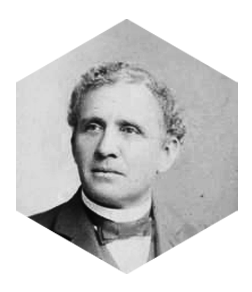
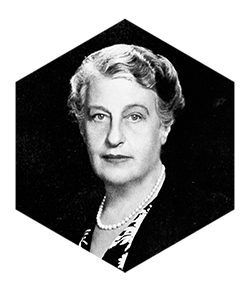
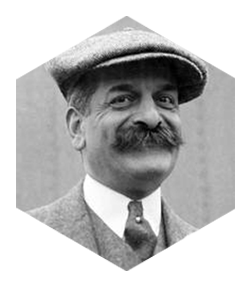
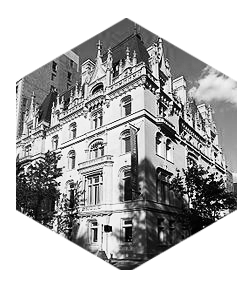

The Jewish Museum was founded in 1904 in the library of the Jewish Theological Seminary, where it was housed for more than four decades.
Judge Mayer Sulzberger1 donated a collection of ceremonial art to the library of the Jewish Theological Seminary with the suggestion that a Jewish museum be formed. Subsequent gifts and purchases have helped to form the Museum’s distinguished collection, one of the largest and most important of its kind in the world. In 1944, Frieda Schiff Warburg2, widow of the prominent businessman and philanthropist Felix Warburg3, who had been a Seminary trustee, donated the family mansion4 at 1109 Fifth Avenue at 92nd Street to the Seminary for use as a museum.
Designed in the French Gothic chateau-style by architect Charles P.H. Gilbert, the original building was completed in 1908, and has been the home of the Museum since 1947. A sculpture court was installed alongside the Mansion in 1959, and the Albert A. List Building was added in 1963 to provide additional exhibition and program space.
In 1990, a major expansion and renovation project was undertaken; upon completion in June 1993, the expansion doubled the Museum’s gallery space, created new space for educational programs and provided significant improvements in public amenities.
For more than a century, the Jewish Museum has illuminated art and Jewish culture from ancient times to the present, offering intellectually engaging and educational exhibitions and programs for people of all ages and backgrounds.
Shari Aronson, Chairman
Sander Levy, Co-President
David E. Shapiro, Co-President
Gail A. Binderman, Vice Chair
Mahnaz Moinian, Vice Chair
Harriet Schleifer, Vice Chair
Malcolm Levine, Treasurer
Jane Wilf, Assistant Treasurer
Andrew E. Lewin, Assistant Secretary
James S. Snyder, Helen Goldsmith Menschel Director, ex officio
Marc Abramowitz
Cassie Arison
Jonathan Crystal
Nomi P. Ghez
David Israel
Virginia Kamsky
Carol Schapiro Kekst
Jonathan Krane
Jeanette Lerman
Betty Levin
Phyllis Mack
Aaron Malinsky
Joshua Nash*
Steve Novenstein
David L. Resnick
Paul Salama-Caro
David Sambur
Stephen M. Scherr**
John M. Shapiro
Amy Rose Silverman
James Stern
Audrey Wilf
Benjamin Winter
Barry J. Alperin**
E. Robert Goodkind*
Robert J. Hurst*
Dr. Henry Kaufman
Francine Klagsbrun
Ellen Liman
Susan Lytle Lipton*
Leni May*
Morris W. Offit*
Amy Rubenstein
H. Axel Schupf*
John L. Vogelstein**
Clare Peeters
Shuly Rubin Schwartz
Claudia Gould
Joan Rosenbaum
* Chairman Emeriti
** President Emeriti
The Museum and its staff are unable to authenticate or perform appraisals of works of art or artifacts for the public. We suggest that you consult a reputable art dealer, appraiser, or auction house. You may also wish to contact the Appraisers Association of America to get more information on certain types of appraisals.
A request for donations of admission passes may be submitted by email to Visitor Experience at info@thejm.org. Be sure to include the name of the organization and the date of your fundraiser.
The Jewish Museum’s collection has benefitted from the generosity of numerous donors over the years. The Museum collects Judaica (Jewish ceremonial objects), work by Jewish artists, and art that relates to Jewish subjects, themes, or experiences. (The Museum does not collect historical documents, artifacts from the Holocaust, or Jewish books or manuscripts).
If you are interested in offering an object or artwork to the Jewish Museum, and you believe the work is appropriate for our institution, please send the following information to submissions@thejm.org and include “Donation Inquiry” in the subject line:
Please note that only email submissions will be reviewed, and that email attachments must not exceed 20 MB total. Potential donations cannot be brought to the Museum or left in our custody, and we cannot review objects or artworks in person. Due to the volume of offers we receive, we are not be able to respond directly to every submission. If your proposal is of interest, a member of the curatorial department will contact you.
If you would like to introduce the Museum to your work, or the work of an artist you represent, please send the following materials to submissions@thejm.org and include “Artist Submission” in the subject line:
Please note that only email submissions will be reviewed, and that email attachments must not exceed 20 MB total. Original artworks cannot be brought to the Museum or left in our custody, and we cannot review materials or portfolios in person. The Jewish Museum values the work of artists from around the globe, but the volume of submissions often outnumbers staff capacity to review and respond to each individually. For that reason, the Museum treats the review process as informational only. Critiques or comments are not offered on submissions. A member of the curatorial department will get back to artists or their representatives if the work is of interest.
Please complete and submit the NYJFF Film Submission Form.
If you are a curator interested in proposing an exhibition for the Jewish Museum, please send the following materials to submissions@thejm.org and include “Exhibition Proposal” in the subject line:
Please note that only email submissions will be reviewed, and that email attachments must not exceed 20 MB total. Due to the volume of proposals we receive, we are not able to respond directly to every submission. If your proposal is of interest, a member of the curatorial department will contact you.
Due to limited staff availability, we are only able to accommodate a limited number of research and archival requests at this time. Please email your research inquiries to archives@thejm.org. Requests will be reviewed quarterly. If your research request is approved, a member of the curatorial department will contact you.
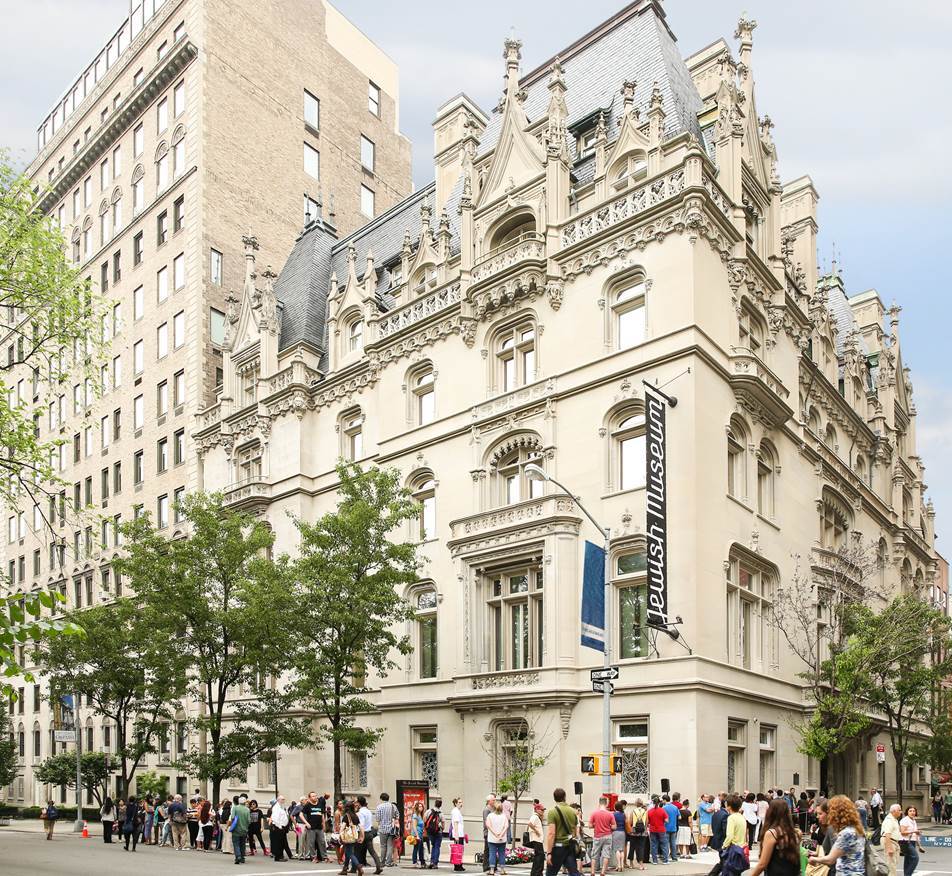

The Café offers a unique and modern dining experience. With cozy banquet seating and the Museum’s signature mural by Maira Kalman, the setting is perfect for private meals, meetings, Shabbat dinners and smaller seated engagements.
Currently Unavailable. Please check back soon for our newest offerings with a new vendor.
Capacity:
• 60 for a seated meal
• 80 for a standing cocktail reception
.jpg)
The Scheuer Auditorium features architectural details and stained-glass windows from the original Warburg Mansion interior. A flexible and stunning space for your next private dinner, client/staff party, conference, wedding, or other life cycle event.
Capacity:
• 150 for a seated meal
• 190 for auditorium-style seating
• 200 for a standing cocktail reception

The Skirball Lobby features period columns and a magnificent ceiling. Perfect for small intimate cocktail receptions for clients, friends, and family. Great to combine with a private viewing or tour of our unparalleled exhibitions.
Capacity:
• 30 for a seated event
• 75 for a standing cocktail reception